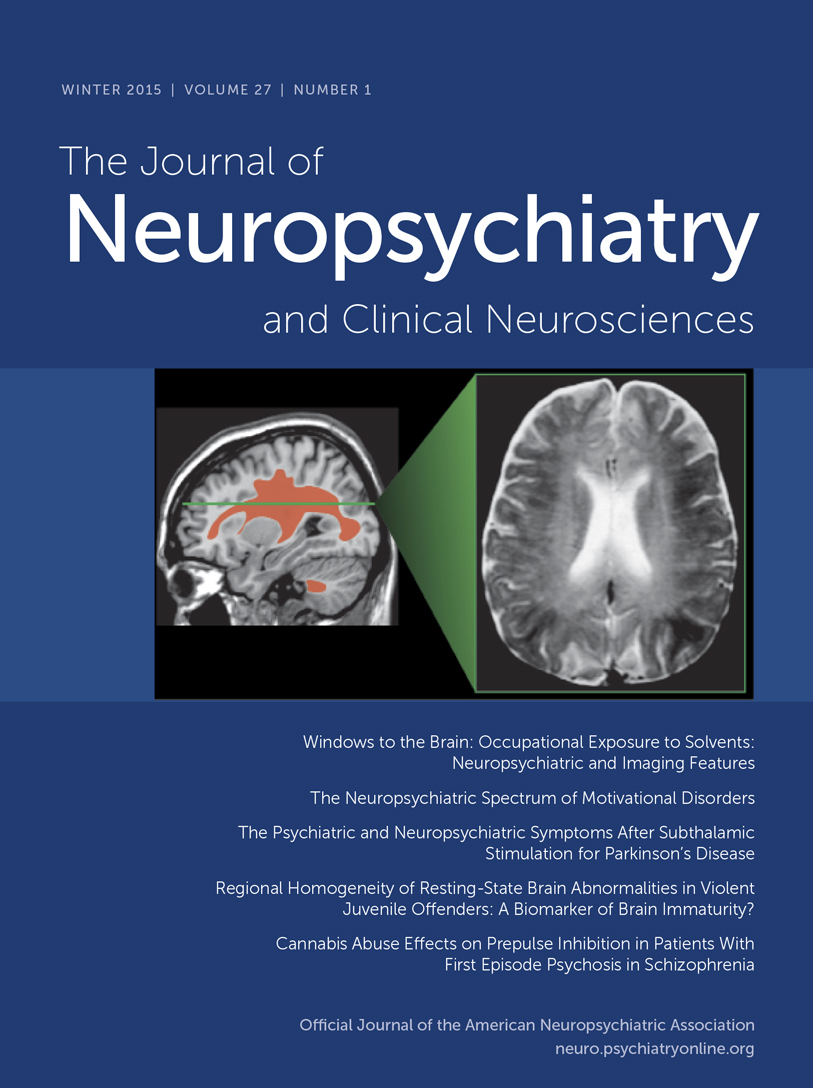Comparison of Anticraving Efficacy of Right and Left Repetitive Transcranial Magnetic Stimulation in Alcohol Dependence: A Randomized Double-Blind Study
Abstract
The objective of this study was to compare the anticraving efficacy of high-frequency repetitive transcranial magnetic stimulation (rTMS) of the right versus left dorsolateral prefrontal cortex (DLPFC) in patients with alcohol dependence. Twenty patients with alcohol dependence syndrome were randomly allocated to receive either right or left rTMS over the right DLPFC (10 sessions at 10 Hz frequency; 20 trains per session; 4.9 seconds per train and intertrain interval 30 seconds) and were assessed on the Alcohol Craving Questionnaire (ACQ-NOW) to measure craving. Two-way repeated-measures analysis of variance for ACQ-NOW total score showed no main effect of group (F[1,18] = 0.0001 but significant main effect of time (F[1,18] = 185.91, p<0.0001, η2 = 0.912). The interaction effect between group and time was not significant. There was significant reduction in craving scores in patients receiving either right or left rTMS with large effect size. However, there was no difference in anticraving efficacy between the two groups.



